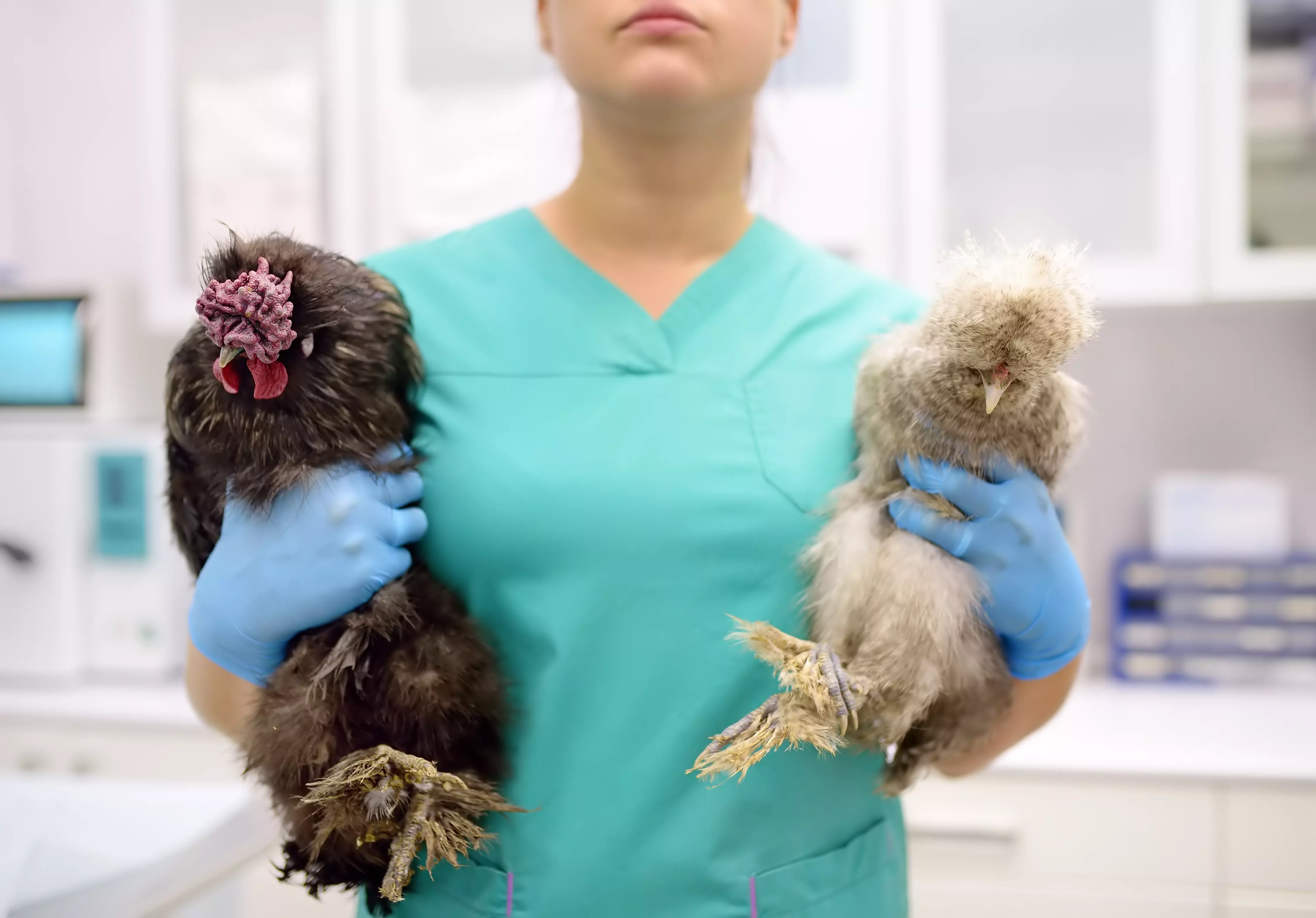Forecasting and control of avian influenza
Introduction
In recent years, the threat of avian influenza has become one of the main topics of conversation in public health and veterinary fields. Avian influenza viruses, particularly of the H5N1 type, cause dangerous and often fatal diseases in birds and also pose a potential threat to humans.
In this atmosphere of constant threat, forecasting and controlling avian influenza play a key role in preventing the spread of the virus and minimizing the impact on birds and humans. In this article, we will discuss the latest methods and strategies for predicting and controlling avian influenza.
Forecasting avian influenza
Forecasting avian influenza is extremely important because it allows earlier detection and monitoring of the virus outbreak. There are several methods used to forecast avian influenza, including genetic analysis of the virus, monitoring bird migration and mathematical modeling.
Virus genetic analysis identifies strains of the avian influenza virus and identifies traits that affect its virulence and transmissibility to humans. Thanks to this analysis, it is possible to accurately monitor and predict the evolution of the virus, so that appropriate preventive measures can be taken quickly.
Monitoring bird migration plays a key role in predicting and controlling avian influenza. Migratory birds are often carriers of the virus and can transmit it over long distances. Therefore, it is important to monitor migration routes and identify areas where there is a higher risk of the virus. This makes it possible to provide early warning and take appropriate preventive measures.
Mathematical modeling is another tool used to predict avian influenza. By analyzing data on the incidence of the virus and environmental factors such as temperature and humidity, it is possible to create models depicting potential risk areas. With this type of forecasting, health services can focus their efforts on these areas.
Controlling avian influenza
In order to effectively control avian influenza, action is needed at both the avian breeding and public health levels. It is important to introduce effective vaccination programs for breeding birds and to continuously monitor the health of birds on farms.
In addition to controlling the virus on farms, it is also important to prevent the transmission of the virus to humans. It is important to educate people about the threat of avian influenza, including proper hygiene measures and the need to report suspected cases of potential disease.
Another important aspect of bird flu control is the control of trade and bird transporters. Implementing appropriate sanitary controls within the country and at international borders is key to preventing the spread of the virus. It is also important to effectively monitor bird markets where birds are sold to eliminate the risk of contact between wild and farmed birds.
Early detection of human cases of the disease is also an important part of bird flu control. If infection with the virus is suspected, it is necessary to react quickly and isolate the patient to prevent further spread of the disease. In addition, the focus should be on investigating a person's contacts to identify possible sources of infection and take appropriate action to break the chain of virus transmission.
Summary
Forecasting and controlling avian influenza are key to preventing the spread of the virus and minimizing the impact on avian and human health. Using genetic analysis, bird migration monitoring and mathematical modeling, it is possible to predict and detect the virus earlier. At the same time, the introduction of effective vaccination programs, monitoring of bird health, public education and control of the bird trade are essential for effective control of avian influenza.